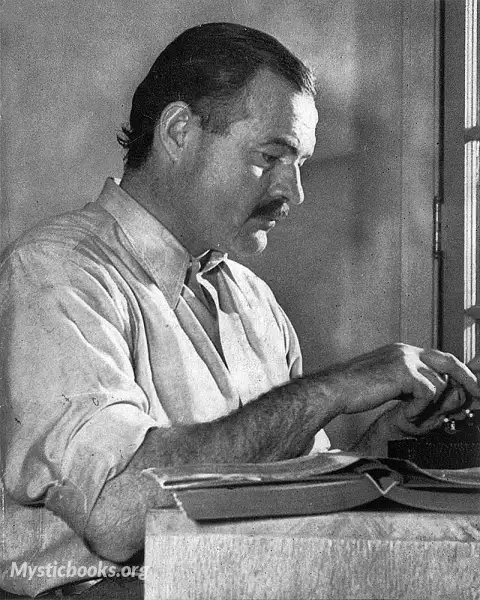
Timeline
Title
Country/Nationality
Ernest Hemingway
Ernest Miller Hemingway was an American novelist, short-story writer, and journalist. His economical and understated style—which he termed the iceberg theory—had a strong influence on 20th-century fiction, while his adventurous lifestyle and public image brought him admiration from later generations. Hemingway produced most of his work between the mid-1920s and the mid-1950s, and he was awarded the 1954 Nobel Prize in Literature. He published seven novels, six short-story collections, and two nonfiction works. Three of his novels, four short-story collections, and three nonfiction works were published posthumously. Many of his works are considered classics of American literature.
Hemingway was raised in Oak Park, Illinois. After high school, he was a reporter for a few months for The Kansas City Star before leaving for the Italian Front to enlist as an ambulance driver in World War I. In 1918, he was seriously wounded and returned home. His wartime experiences formed the basis for his novel A Farewell to Arms (1929).
Ernest Miller Hemingway was born on July 21, 1899, in Oak Park, Illinois, an affluent suburb just west of Chicago, to Clarence Edmonds Hemingway, a physician, and Grace Hall Hemingway, a musician. His parents were well-educated and well-respected in Oak Park, a conservative community about which resident Frank Lloyd Wright said, "So many churches for so many good people to go to." When Clarence and Grace Hemingway married in 1896, they lived with Grace's father, Ernest Miller Hall, after whom they named their first son, the second of their six children. His sister Marcelline preceded him in 1898, followed by Ursula in 1902, Madelaine in 1904, Carol in 1911, and Leicester in 1915. Grace followed the Victorian convention of not differentiating children's clothing by gender. With only a year separating the two, Ernest and Marcelline resembled one-another strongly. Grace wanted them to appear as twins, so in Ernest's first three years she kept his hair long and dressed both children in similarly frilly feminine clothing.
Hemingway's mother, a well-known musician in the village, taught her son to play the cello despite his refusal to learn; though later in life he admitted the music lessons contributed to his writing style, evidenced for example in the "contrapuntal structure" of For Whom the Bell Tolls. As an adult Hemingway professed to hate his mother, although biographer Michael S. Reynolds points out that he shared similar energies and enthusiasms. Each summer the family traveled to Windemere on Walloon Lake, near Petoskey, Michigan. There young Ernest joined his father and learned to hunt, fish, and camp in the woods and lakes of Northern Michigan, early experiences that instilled a life-long passion for outdoor adventure and living in remote or isolated areas.
Hemingway attended Oak Park and River Forest High School in Oak Park from 1913 until 1917. He was a good athlete, involved with a number of sports—boxing, track and field, water polo, and football; performed in the school orchestra for two years with his sister Marcelline; and received good grades in English classes. During his last two years at high school he edited the Trapeze and Tabula (the school's newspaper and yearbook), where he imitated the language of sportswriters and used the pen name Ring Lardner Jr.—a nod to Ring Lardner of the Chicago Tribune whose byline was "Line O'Type". Like Mark Twain, Stephen Crane, Theodore Dreiser, and Sinclair Lewis, Hemingway was a journalist before becoming a novelist. After leaving high school he went to work for The Kansas City Star as a cub reporter. Although he stayed there for only six months, he relied on the Star's style guide as a foundation for his writing: "Use short sentences. Use short first paragraphs. Use vigorous English. Be positive, not negative."
Books by Ernest Hemingway
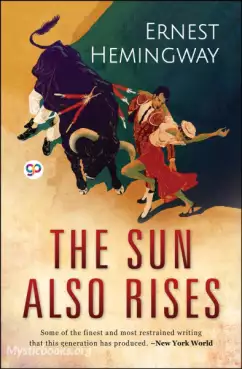
The Sun Also Rises
The Sun Also Rises is a 1926 novel by American writer Ernest Hemingway, his first, that portrays American and British expatriates who travel from Paris to the Festival of San Fermín in Pamplona to watch the running of the bulls and the bullfights. An...
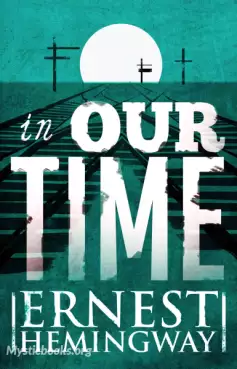
In Our Time
In Our Time is the title of Ernest Hemingway's first collection of short stories, published in 1925 by Boni & Liveright, New York, and of a collection of vignettes published in 1924 in France titled in our time. Its title is derived from the English...
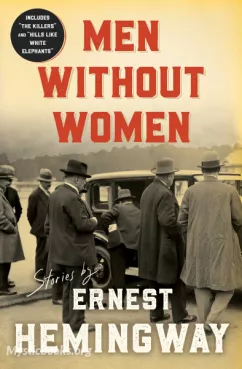
Men Without Women
It is a compelling collection of short stories that delves into the complexities of masculinity, love, and loneliness. This book captures the essence of human emotions and relationships. First published in 1927, "Men Without Women" explores the lives...
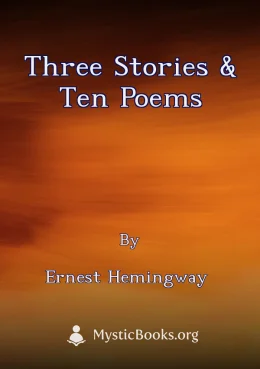
Three Stories & Ten Poems
This collection of three short stories and ten poems by Ernest Hemingway showcases the author's early writing style and themes. The stories explore themes of love, loss, and the human condition, while the poems display Hemingway's mastery of language...
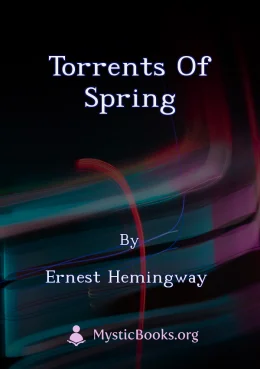
Torrents of Spring
The Torrents of Spring, while a novel, is unlike any other work by Hemingway. It's a pointed, often humorous parody of Sherwood Anderson's 'Dark Laughter.' The story centers on a young man named John, who finds himself navigating the absurdities of...
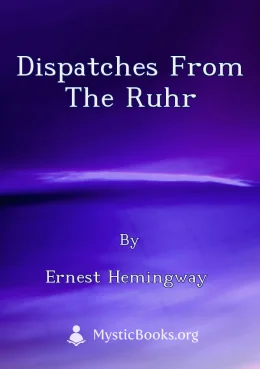
Dispatches from the Ruhr
Dispatches from the Ruhr is a collection of ten articles written by Ernest Hemingway during his time as a correspondent for the Toronto Star in 1923. The articles detail his observations of the French occupation of the Ruhr Valley, a region in German...